Home>Garden Essentials>How To Grow Almond Trees From Seed
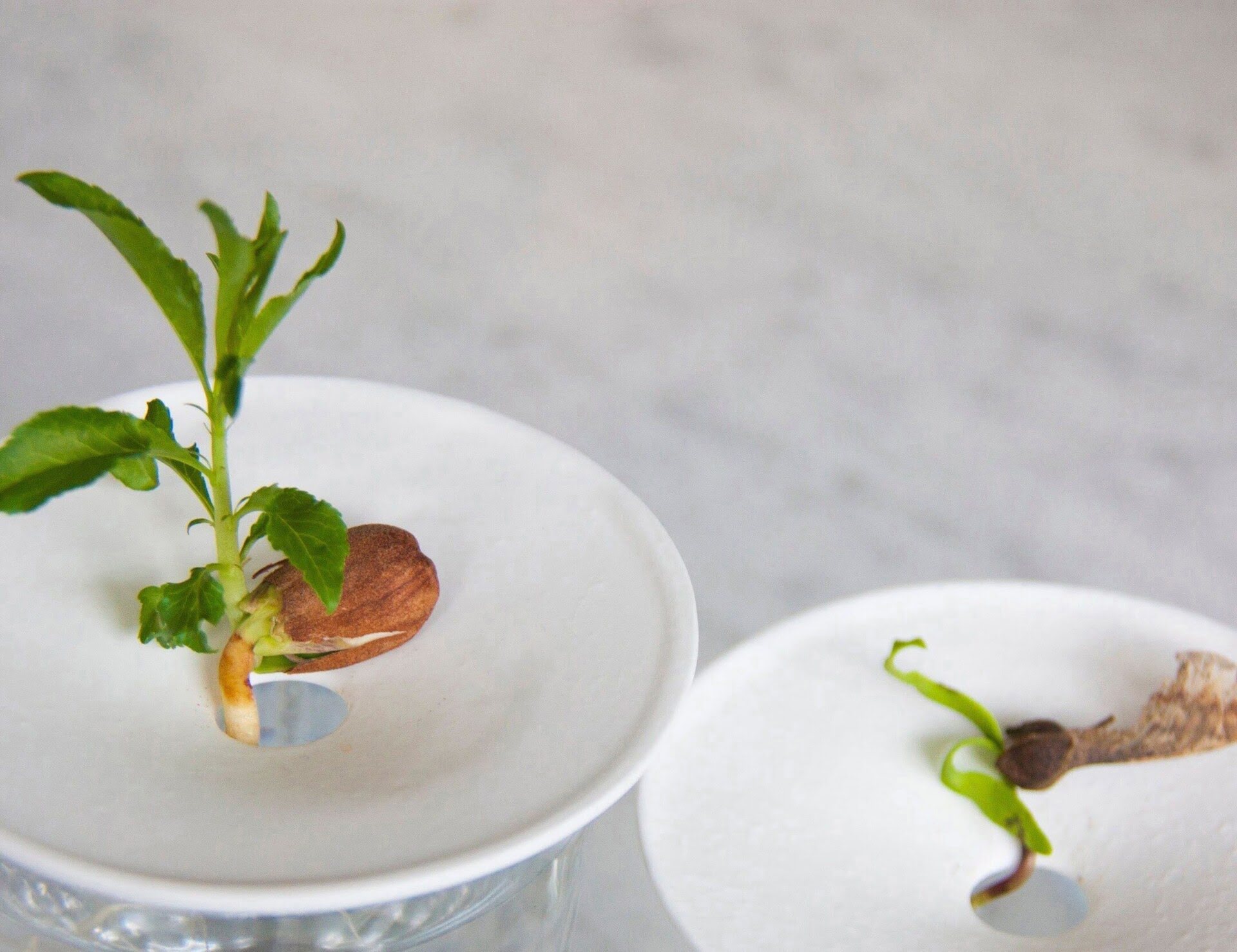

Garden Essentials
How To Grow Almond Trees From Seed
Modified: March 16, 2024
Learn how to grow almond trees from seed in your garden with these expert tips and techniques for a successful harvest.
(Many of the links in this article redirect to a specific reviewed product. Your purchase of these products through affiliate links helps to generate commission for Storables.com, at no extra cost. Learn more)
Introduction
Welcome to the wonderful world of growing almond trees from seeds! Almond trees are not only beautiful additions to your garden, but they also produce delicious and nutritious nuts. If you’ve ever wanted to try your hand at growing these delightful trees from scratch, you’re in the right place.
While it’s common for almond trees to be propagated through grafting, growing them from seeds can be a rewarding and fulfilling experience. Plus, it’s a great way to save money and get a sense of accomplishment when you see your trees thriving.
In this article, we’ll guide you through the step-by-step process of growing almond trees from seeds. From collecting the seeds to caring for the seedlings and eventually harvesting almonds, we’ll cover it all. So, grab your gardening tools and let’s get started on this exciting journey!
Before we dive into the specific steps, it’s important to understand a few key factors that play a crucial role in the success of growing almond trees from seeds.
- Varieties: There are different almond varieties, so make sure you choose seeds from a tree that produces almonds suited to your climate.
- Germination: Almond seeds have a hard outer shell, which means they require specific conditions to germinate successfully.
- Patience: Growing almond trees from seeds is a long-term process. It may take several years before the tree matures enough to start producing almonds. So, be prepared to nurture your seedlings with care and patience.
With these considerations in mind, let’s move on to the first step: collecting almond seeds!
Key Takeaways:
- Growing almond trees from seeds is a patient and rewarding process, from collecting and preparing the seeds to caring for the seedlings and harvesting delicious almonds.
- Patience and care are key when growing almond trees from seeds. Enjoy the journey of nurturing tiny seeds into beautiful, nut-bearing trees.
Read more: How To Grow Tree From Seed
Step 1: Collecting Almond Seeds
The first step in growing almond trees from seeds is to collect the seeds themselves. Almond seeds, also known as “pits” or “kernels,” are found inside the hard shell of the almond fruit.
To collect almond seeds, you can either purchase them from a reputable supplier or collect them from mature almond fruits. If you choose to collect them yourself, here’s what you need to do:
- Find mature almond fruits: Almond fruits develop on the almond tree after blossoming. They will initially be green and soft, but as they mature, they will turn brown and become harder.
- Harvest the fruits: When the almond fruits are mature, carefully twist or cut them from the tree. Handle them with care to avoid damaging the seeds inside.
- Remove the outer husk: Almond fruits have an outer husk that needs to be removed before you can access the seeds inside. You can do this by rubbing the fruit gently with your hands or using a soft brush. Rinse the fruits thoroughly to clean off any remaining husk or debris.
- Dry the seeds: Once the seeds are exposed, place them in a cool, dry location to dry. This drying process helps prevent mold or rot during storage and germination.
- Store the seeds: After the seeds are dry, transfer them to an airtight container or a sealed plastic bag. Be sure to label the container with the date and almond variety to keep track of them.
Remember that almond seeds have a limited viability period, so it’s important to collect and store them properly to ensure successful germination. It’s best to use the seeds within a year, but if stored correctly, they may remain viable for up to three years.
Now that you have your almond seeds ready, it’s time to move on to the next step: preparing the seeds for planting.
Step 2: Preparing the Seeds for Planting
Once you’ve collected your almond seeds, it’s important to properly prepare them for planting. The preparation process helps break down the hard outer shell and increases the chances of successful germination.
Here are the steps to prepare the almond seeds:
- Soak the seeds: Almond seeds have a hard outer shell that can inhibit water absorption during germination. To soften the shell and promote germination, soak the seeds in water overnight. Make sure to use room temperature water and change it every 6-8 hours to prevent any bacterial growth.
- Scarify the shell: After soaking, carefully remove the softened outer shell of the seed. You can use a small knife or sandpaper to gently scrape away a small portion of the shell. This process is known as scarification and helps create small openings for water absorption.
- Stratify the seeds: Almond seeds require a period of cold stratification to simulate the winter season and break seed dormancy. Place the scarified seeds in a sealed plastic bag with moistened, sterile sand or peat moss. Seal the bag and refrigerate it for 60-90 days. This chilling period is crucial for successful germination.
During the stratification period, it’s important to periodically check the seeds for any mold or rot. If you notice any signs of damage, remove those seeds to prevent contamination.
After the stratification period, your almond seeds are ready for germination. In the next step, we’ll guide you through the process of germinating the almond seeds.
Step 3: Germinating the Almond Seeds
Now that your almond seeds are properly prepared, it’s time to germinate them. Germination is the process of sprouting the seeds and initiating growth. By following these steps, you can maximize the chances of successful germination:
- Choose a germination method: There are a few different methods you can use to germinate almond seeds. The two most common methods are the paper towel method and the potting soil method. Choose the one that suits your preference.
- For the paper towel method:
- Moisten a paper towel with water and fold it in half.
- Place the almond seeds in the center of the folded paper towel.
- Seal the paper towel in a plastic bag or container to maintain moisture.
- Keep the bag/container in a warm location, around 70°F (21°C). Check the paper towel regularly to ensure it remains moist.
- For the potting soil method:
- Fill a small pot with well-draining potting soil.
- Make a small indentation in the soil and place the almond seed inside, about an inch deep.
- Water the soil lightly to moisten it, but avoid overwatering.
- Place the pot in a warm location and cover it with a plastic bag or plastic wrap to create a greenhouse effect.
- Regardless of the method you choose, monitor the seeds closely for signs of sprouting, which typically occurs within 2-4 weeks.
- Once the seeds have sprouted and have visible roots, it’s time to transplant them into individual containers.
During the germination process, it’s important to keep the seeds moist but not excessively wet. This helps prevent mold or rot from developing. Also, ensure that the seeds are kept in a warm environment to facilitate germination.
With successful germination, you’re now ready to move on to the next step: transplanting the almond seedlings.
Step 4: Transplanting the Seedlings
Congratulations on successfully germinating your almond seedlings! Now it’s time to give them a new home by transplanting them into individual containers or outdoors in the ground. Transplanting allows the seedlings to establish their root systems and continue their growth journey.
Follow these steps for successful transplanting of your almond seedlings:
- Choose the right container: If you’re transplanting the seedlings into containers, select pots that are at least 12 inches in diameter with good drainage. This will provide enough space for the roots to grow.
- Prepare the soil: Use well-draining potting soil with a mix of organic matter, such as compost or aged manure. Almond trees prefer slightly acidic soil, so you can amend the soil with organic matter or peat moss to achieve the desired pH level.
- Transplant carefully: Gently remove the seedlings from their current location, taking care not to damage their delicate roots. Place each seedling into its new container, ensuring that the roots are covered with soil and the seedling is positioned at the same depth as before.
- Water thoroughly: After transplanting, give the seedlings a good watering to settle the soil. Be sure to water around the base of the seedling, avoiding the foliage. Keep the soil consistently moist, but not waterlogged, as excessive moisture can lead to root rot.
- Provide proper sunlight: Almond trees thrive in full sunlight, so place the containers or transplant the seedlings outdoors in a location that receives at least 6-8 hours of direct sunlight each day.
If you’re transplanting the seedlings directly into the ground, follow similar steps, but ensure that you choose a well-drained location and provide enough space between each seedling to accommodate their mature size.
Remember to monitor the seedlings closely after transplanting and provide proper care as they establish their new roots. With a little attention and care, your almond seedlings will continue to grow and thrive.
Now that the seedlings are in their new containers or in the ground, let’s move on to the next step: caring for the almond tree seedlings.
To grow almond trees from seed, start by soaking the seeds in water for 24 hours. Then plant them in well-draining soil and keep them moist. Almond trees need full sun and warm temperatures to thrive.
Read more: How To Grow A Tree From A Seed
Step 5: Caring for Almond Tree Seedlings
To ensure the healthy growth and development of your almond tree seedlings, proper care is essential. By providing the right conditions and consistent maintenance, you can help your seedlings thrive and prepare them for future almond production.
Follow these tips for caring for your almond tree seedlings:
- Watering: Almond tree seedlings require regular watering, especially during their first year of growth. Keep the soil consistently moist, but not saturated. Water deeply, allowing the water to penetrate into the root zone. Aim for approximately 1 inch of water per week, either through rainfall or manual watering.
- Fertilizing: Almond trees benefit from regular feeding to ensure proper nutrient uptake. Apply a balanced, slow-release fertilizer in early spring and again in late summer. Follow the instructions on the fertilizer package for proper application rates. Avoid over-fertilization, as it can lead to excessive foliage growth without much fruit production.
- Pruning: Pruning is important for shaping the young almond tree and encouraging strong, healthy growth. Remove any dead, damaged, or crossing branches. Prune during the dormant season, typically in late winter or early spring, when the tree is not actively growing. This helps minimize stress and allows the wounds to heal quickly.
- Pest control: Keep an eye out for common pests that may affect almond trees, such as aphids, mites, and caterpillars. Regularly inspect the foliage and undersides of leaves for signs of infestation. If necessary, use appropriate insecticides or organic control methods to manage pest populations. Be sure to follow the instructions on the product label and prioritize environmentally friendly options.
- Disease prevention: Almond trees can be susceptible to diseases like fungal infections and root rot. To prevent these issues, ensure proper drainage, avoid overwatering, and provide adequate air circulation around the tree. Remove any fallen leaves or debris from around the base of the tree to reduce the risk of fungal growth.
- Protecting from extreme weather: Almond trees are sensitive to extreme temperatures. During hot summers, provide shade or use shade cloths to protect the young seedlings from excessive heat and sunburn. Similarly, during frosty winters, cover the trees or move container-grown seedlings indoors to protect them from freezing temperatures.
By following these care guidelines, you’ll give your almond tree seedlings the best chance to grow into healthy, productive trees. Now that you know how to care for them, let’s proceed to the next step: monitoring the growth and development of your almond trees.
Step 6: Monitoring Growth and Development
Monitoring the growth and development of your almond trees is crucial to ensure their health and well-being. By keeping a close eye on their progress, you can address any issues that may arise promptly and help your trees reach their full potential.
Here are some key aspects to monitor as your almond trees grow:
- Growth rate: Almond trees typically have a slow growth rate, especially during the first few years. However, it’s important to monitor their growth to ensure they are progressing steadily. Keep track of the height and width of the tree each year to assess its growth rate and compare it to the expected growth rate for the particular almond variety.
- Leaf health: Leaves can provide valuable insights into the overall health of your almond tree. Regularly inspect the leaves for any discoloration, spots, or signs of pest damage. Discolored or wilting leaves can be an indicator of nutrient deficiencies or water stress.
- Flowering and fruit set: Almond trees typically flower in early spring. Pay attention to the flowering patterns, as they indicate the tree’s potential for fruit production. After the flowering stage, monitor the tree for the development of fruits. Adequate fruit set is essential for a successful almond crop.
- Pruning needs: As your almond tree grows, it will require periodic pruning to maintain its shape and encourage proper airflow and light penetration. Monitor the tree for any branches that need to be pruned and remove any dead or diseased wood promptly.
- Pest and disease resistance: Regularly inspect the tree for any signs of pest or disease infestation. Look for chewed leaves, webs, unusual growths, or signs of discoloration. If you notice anything unusual, take appropriate measures to address the issue, such as using organic pest control methods or seeking professional advice.
- Watering and nutrient needs: Monitor the soil moisture levels and adjust your watering schedule accordingly. Additionally, be mindful of the nutrient needs of your almond tree and provide supplemental fertilization as needed based on soil tests or visible signs of nutrient deficiencies.
By closely monitoring these aspects, you’ll be able to intervene if any issues arise and take proactive measures to ensure the optimal growth and development of your almond trees.
Now that you know how to monitor the growth of your trees, let’s move on to the final step: harvesting the almonds!
Step 7: Harvesting Almonds
After years of nurturing and caring for your almond trees, it’s finally time to reap the rewards and harvest the delicious almonds. Timing the harvest correctly is important to ensure that the nuts are fully mature and ready for consumption. Follow these steps to harvest your almonds:
- Monitor maturity: Almonds typically take around 120-150 days to mature after flowering. Keep a close eye on the nuts and monitor their color change. When the hulls become dry and brittle, and the nuts inside are firm and fully developed, it’s a sign that they are ready for harvest.
- Inspect signs of maturity: To confirm the readiness for harvest, open a few sample nuts and examine the seed. The seed should have a light brown color and a hard, woody texture. If the seed is still white or soft, allow more time for the nuts to mature.
- Harvesting: To harvest the almonds, simply grasp the branches or gently shake them to dislodge the nuts from the tree. Collect the fallen nuts from the ground. Avoid excessive force or rough handling, as it can damage the nuts.
- Processing: After harvesting, remove the hulls from the almonds. This can be done by placing the nuts in a bucket of water and allowing them to soak for 24-48 hours. Then, manually remove the hulls or squeeze the nuts gently to separate the hulls. Rinse the almonds and lay them out to dry in a well-ventilated area.
- Drying and storage: Allow the almonds to dry completely before storing them. Spread them out in a single layer on a clean, dry surface for a few days until they reach the desired moisture content. Store the dried almonds in airtight containers in a cool, dry place to maintain their freshness.
It’s important to note that almond trees do not produce a significant amount of nuts until they are around 4-6 years old. As the trees mature, the yield will increase, and you can enjoy a bountiful harvest.
Congratulations on successfully harvesting your almonds! Now you can savor their delicious flavor, whether you choose to enjoy them as a snack, use them in your culinary creations, or share them with family and friends.
This wraps up the final step in growing almond trees from seeds. We hope this comprehensive guide has provided you with the knowledge and confidence to embark on your almond-growing journey. Remember, patience and care are key, as growing almond trees is a long-term commitment. Enjoy the process and the fruits of your labor!
Happy almond growing!
Conclusion
Growing almond trees from seeds can be a rewarding and fulfilling experience. From collecting the seeds to caring for the seedlings, monitoring their growth, and eventually harvesting the almonds, each step is filled with anticipation and satisfaction. Along the way, you’ll witness the remarkable transformation of tiny seeds into beautiful trees bearing delicious and nutritious nuts.
Throughout this guide, we’ve walked you through the step-by-step process of growing almond trees from seeds, providing valuable insights and tips to help you succeed. Remember to select the right almond variety, properly prepare the seeds for planting, germinate them with care, transplant the seedlings, and provide proper maintenance to ensure healthy growth.
While growing almond trees from seeds requires patience and dedication, the rewards are abundant. You’ll not only enjoy the beauty of these trees in your garden but also relish the satisfaction of growing your own almonds. Freshly harvested almonds have a unique flavor and texture that store-bought ones simply can’t match.
Whether you use your almonds for cooking, baking, or simply enjoy them as a healthy snack, they’ll be a delicious reminder of your hard work and horticultural prowess. Share the experience with family and friends, and spread the joy of growing your own food.
Remember that gardening is a continuous learning journey, so don’t be afraid to experiment and adapt your practices as you gain more experience. Seek support and advice from local gardening communities, extension offices, or online resources to refine your techniques and troubleshoot any challenges you may encounter.
So, put on your gardening gloves, gather your tools, and embark on the exciting adventure of growing almond trees from seeds. Enjoy the process, embrace the beauty of nature, and relish the satisfaction of nurturing life from a tiny seed to a majestic, fruit-bearing tree. Happy gardening!
Frequently Asked Questions about How To Grow Almond Trees From Seed
Was this page helpful?
At Storables.com, we guarantee accurate and reliable information. Our content, validated by Expert Board Contributors, is crafted following stringent Editorial Policies. We're committed to providing you with well-researched, expert-backed insights for all your informational needs.
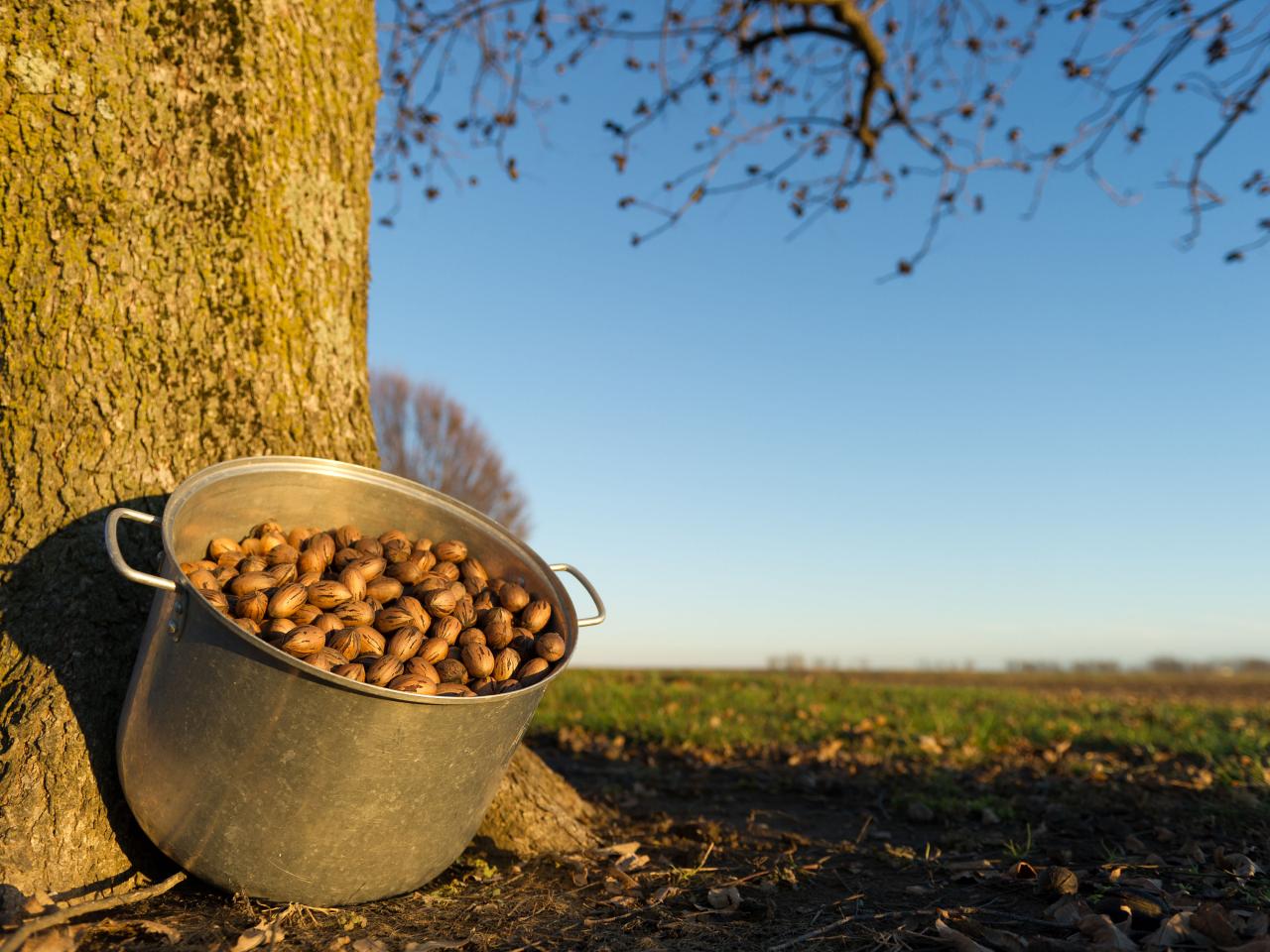
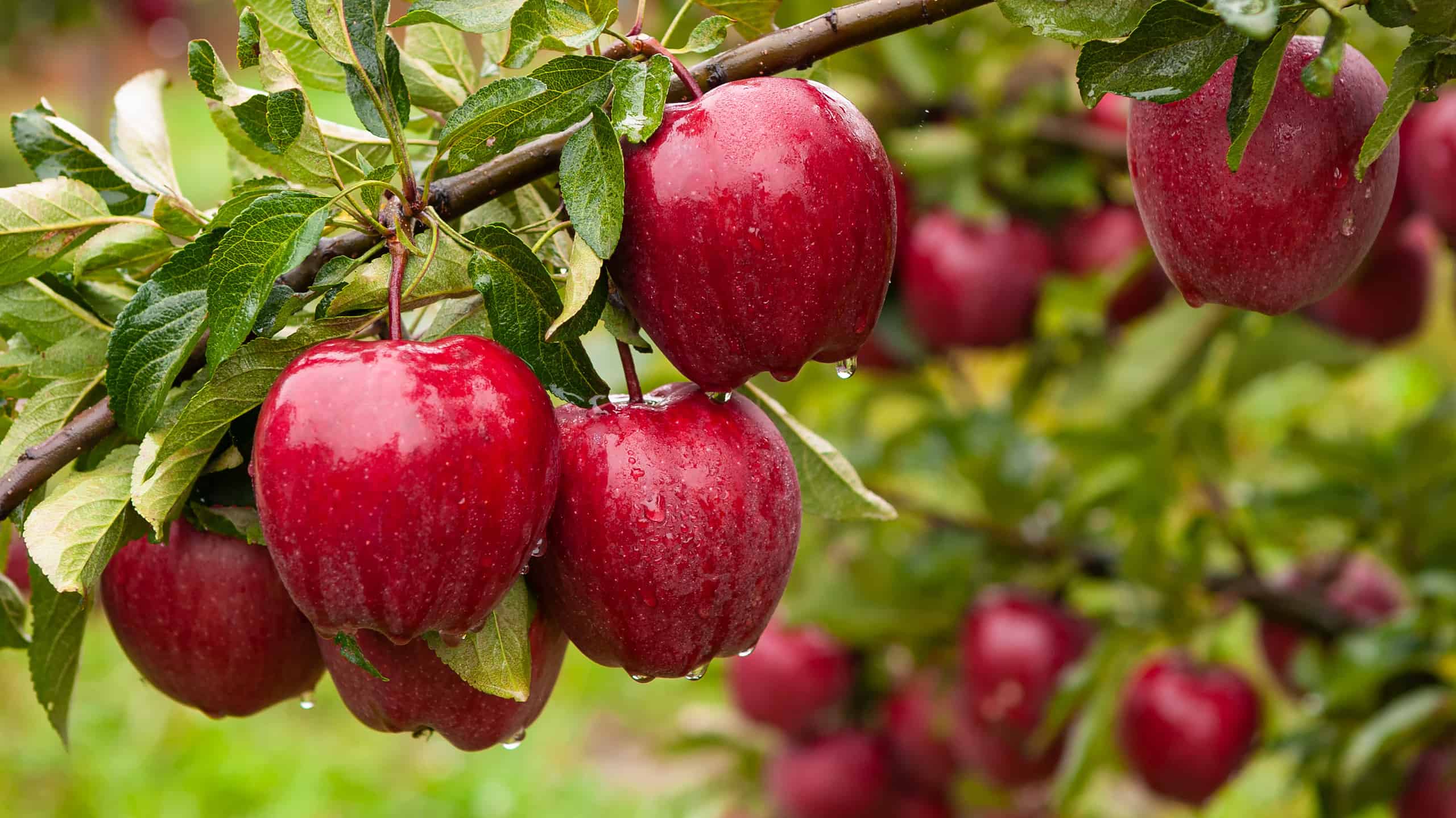
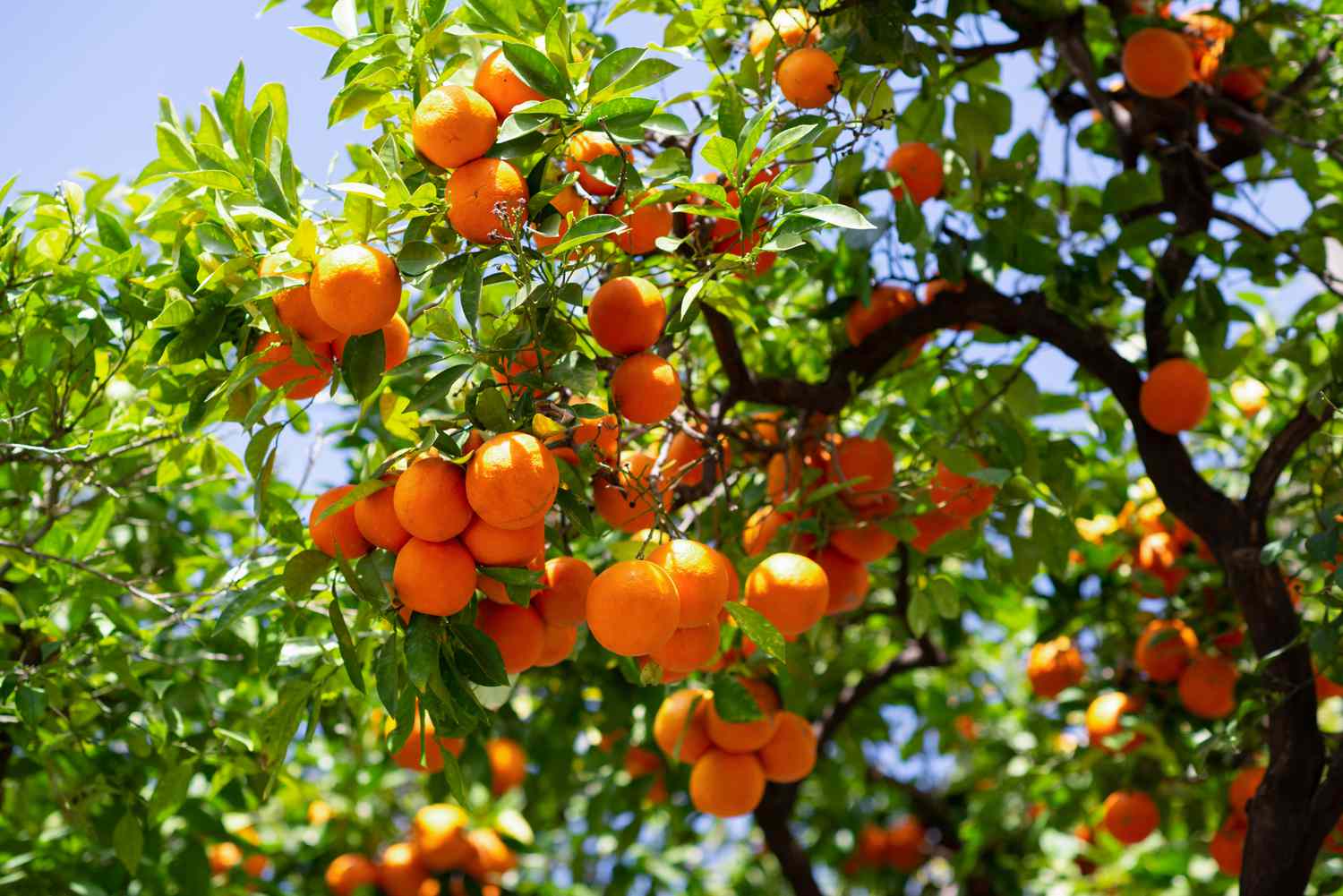
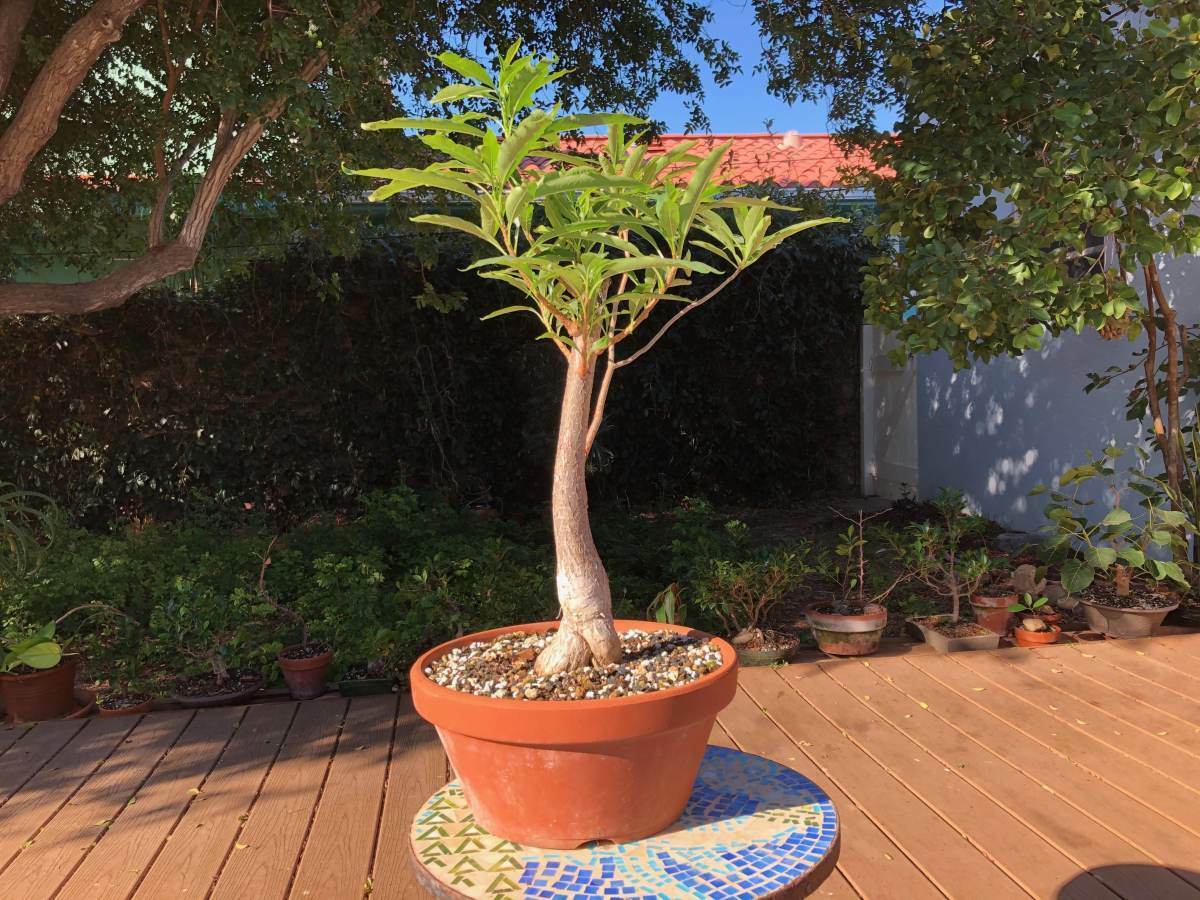
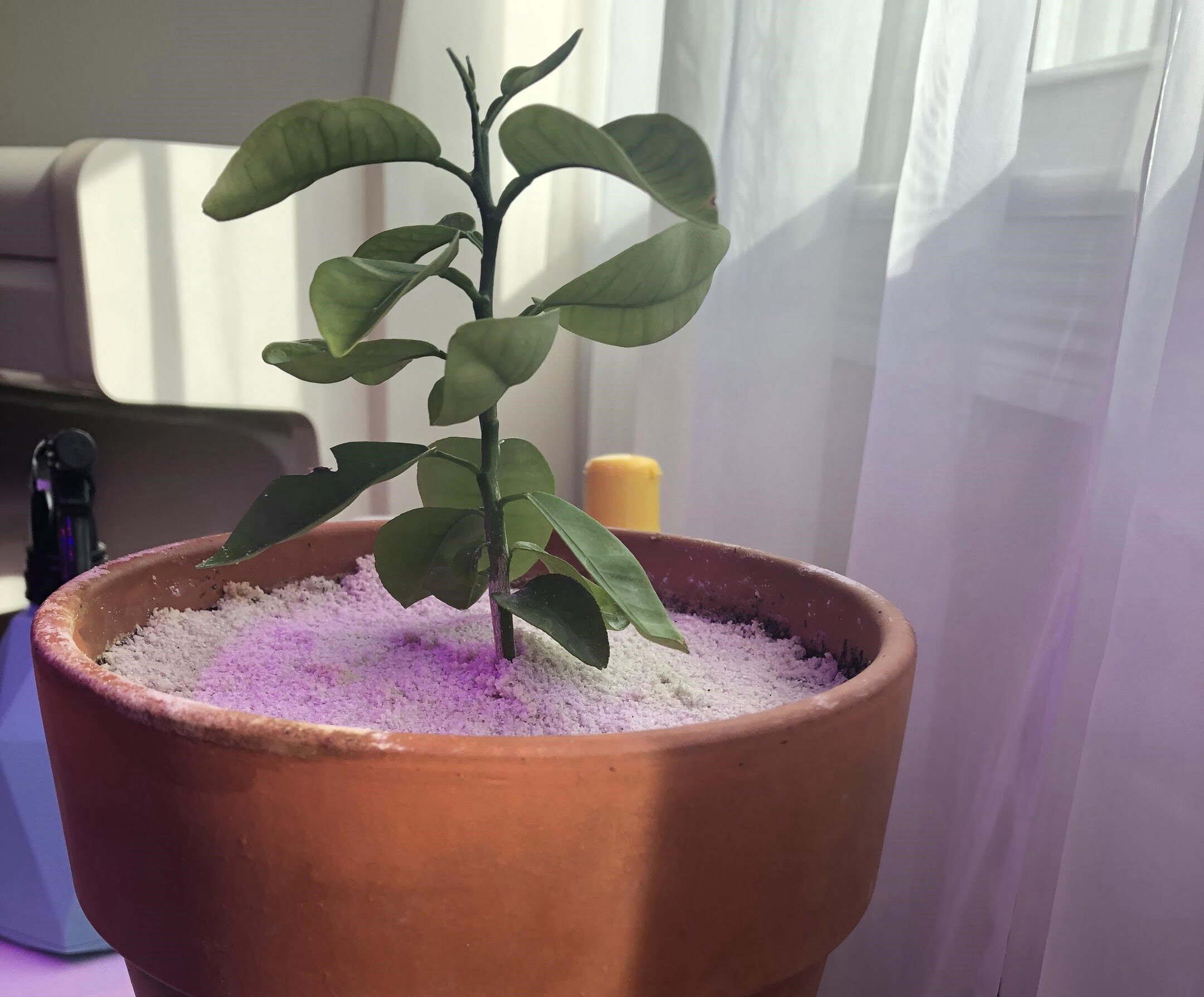
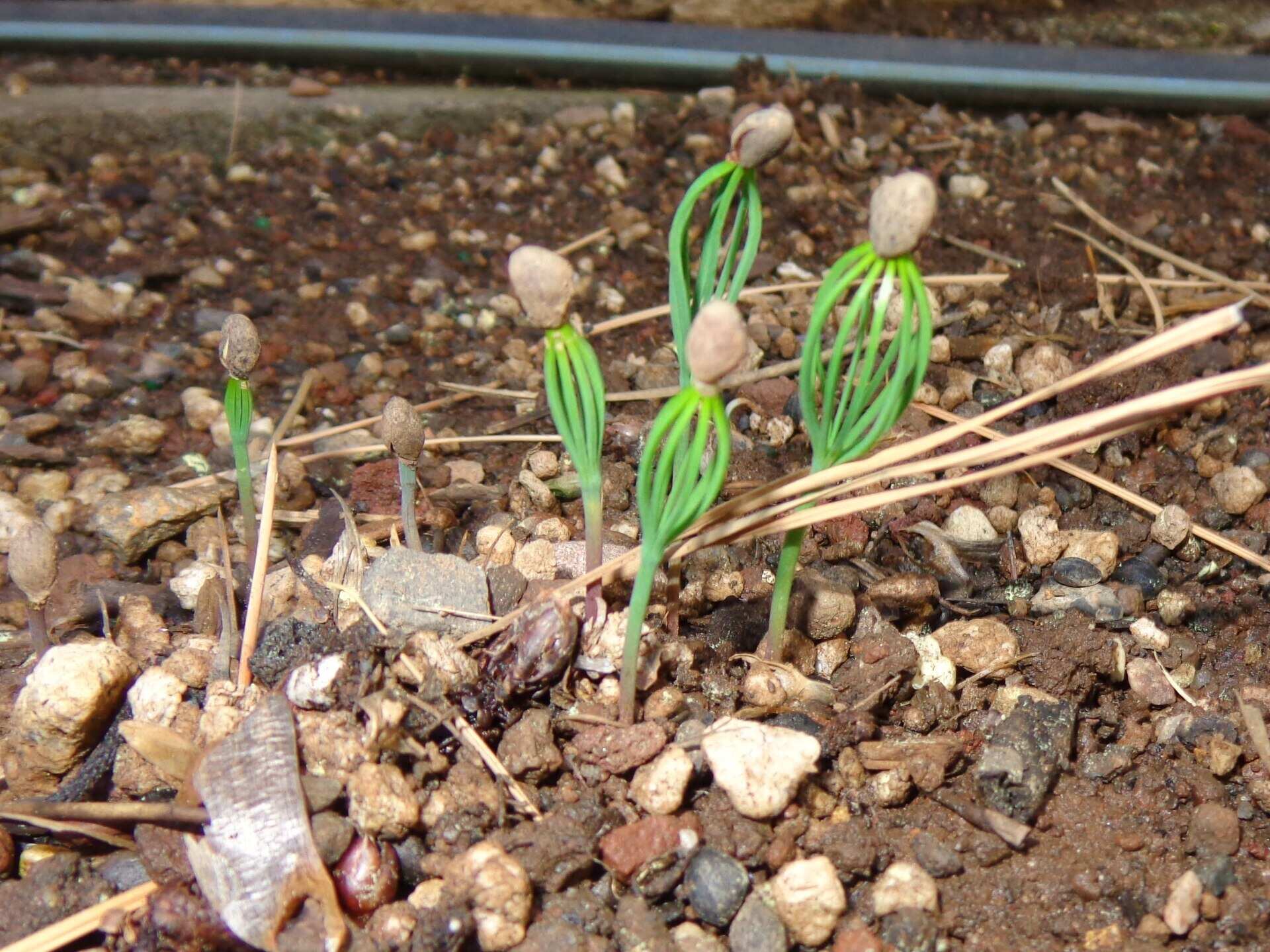
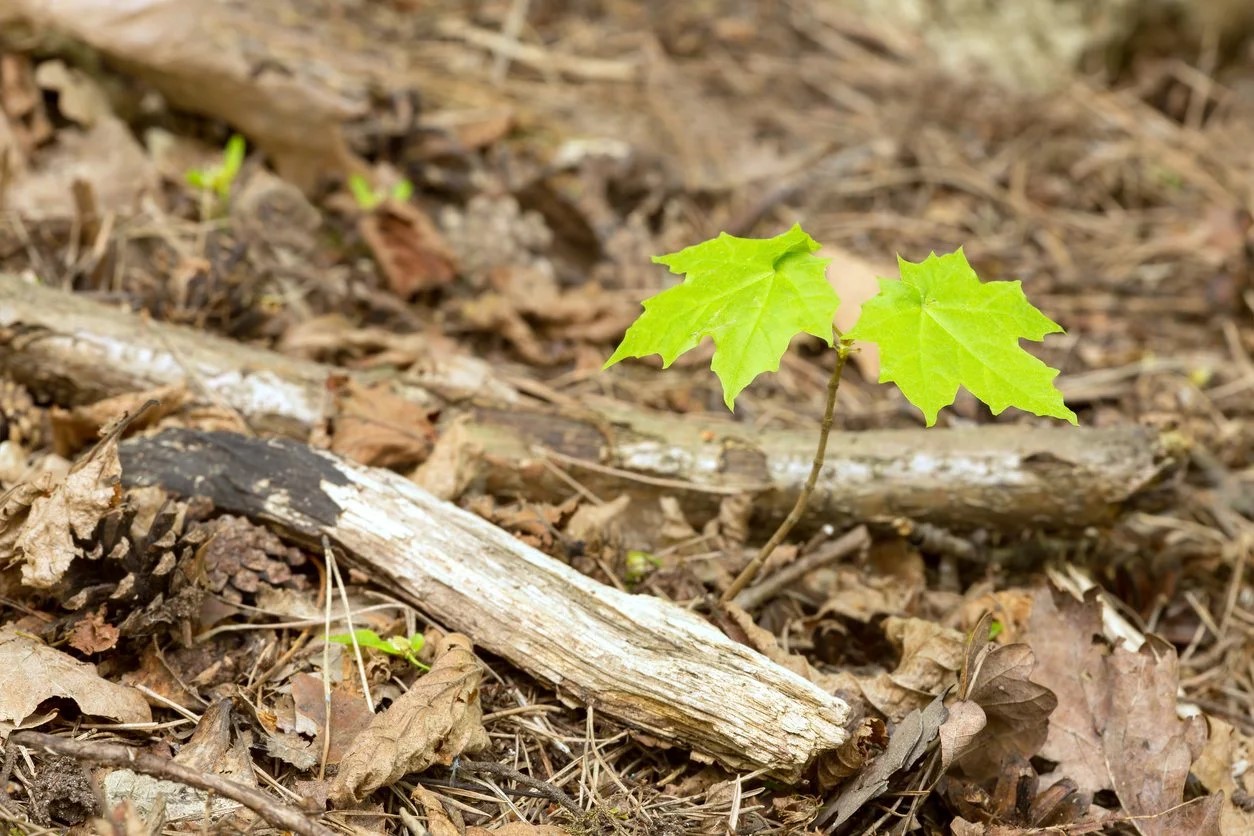
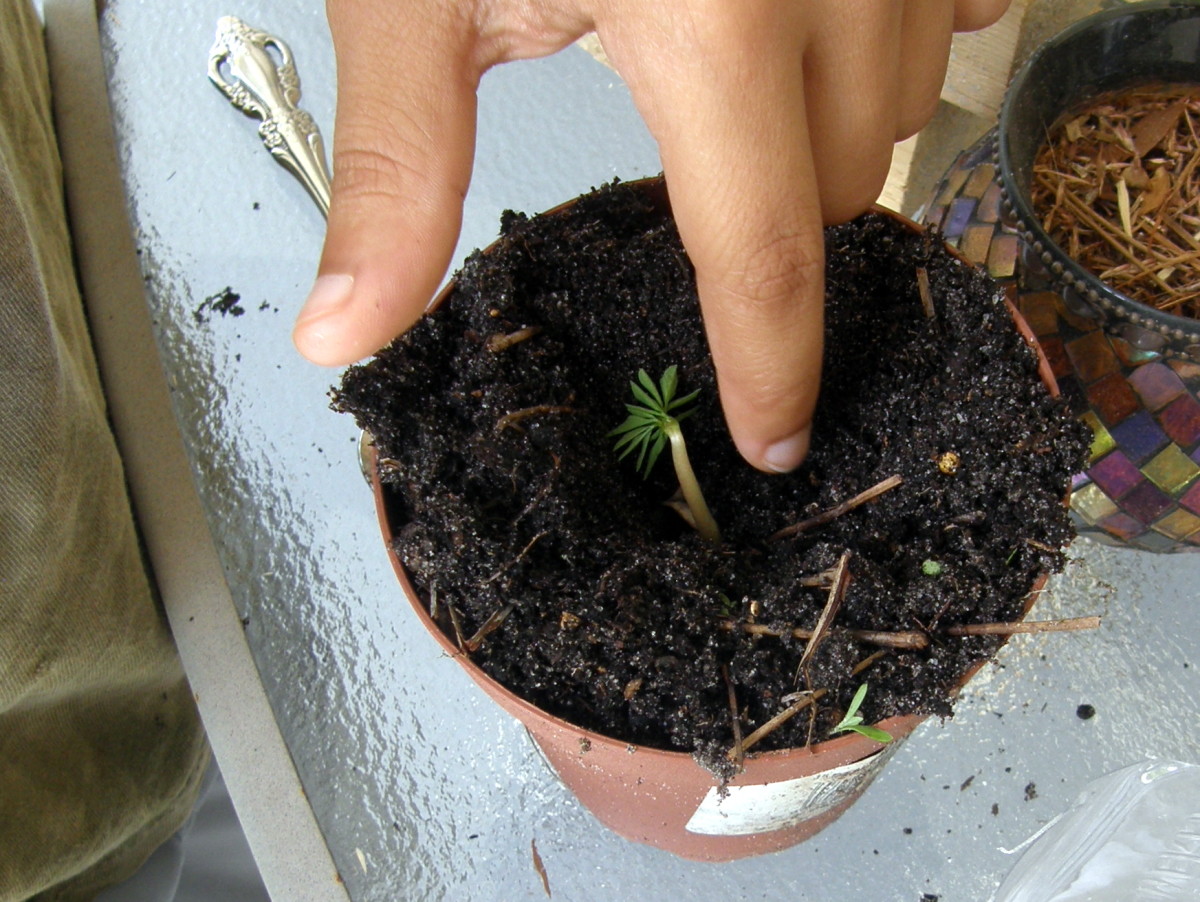
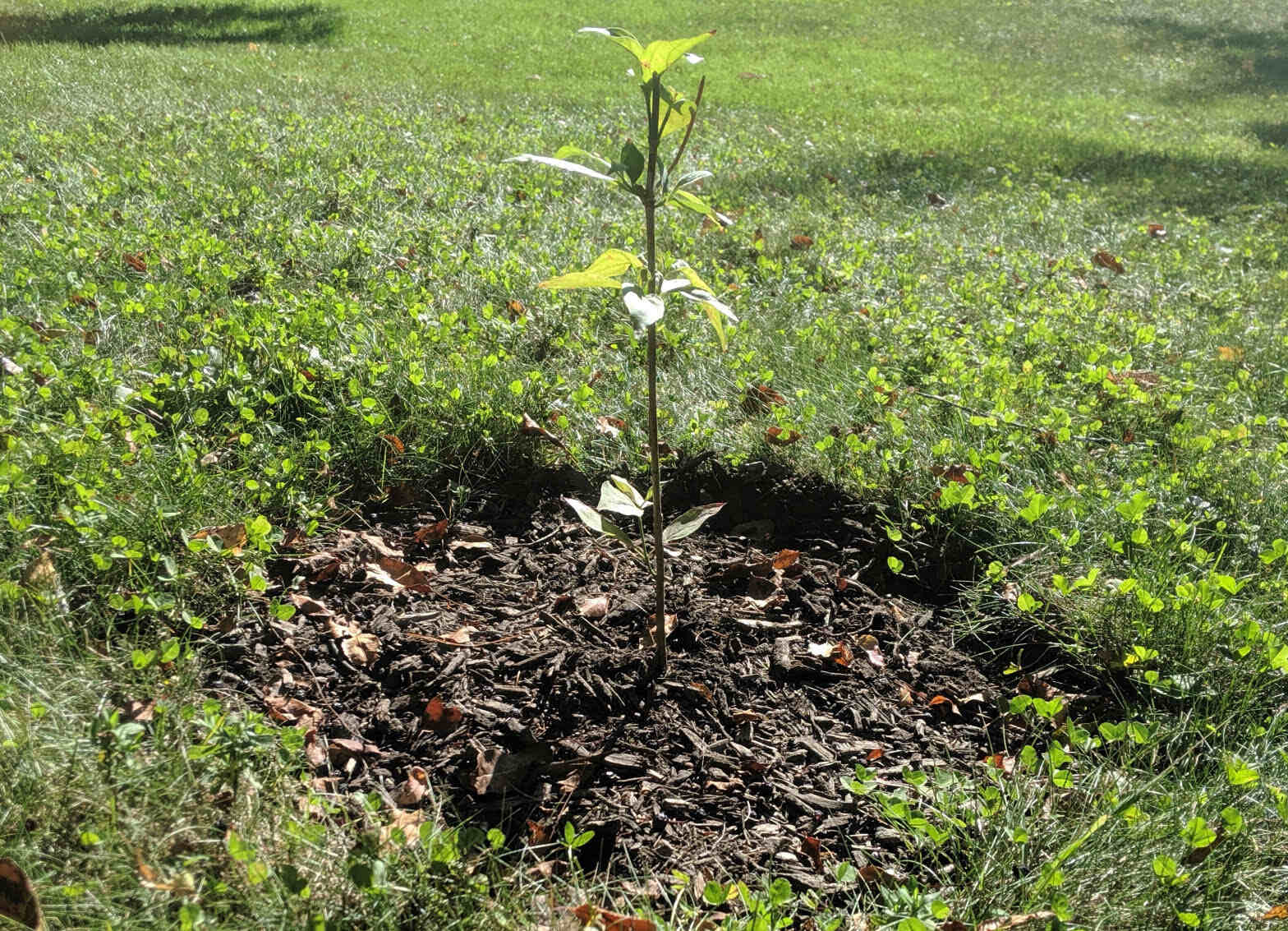
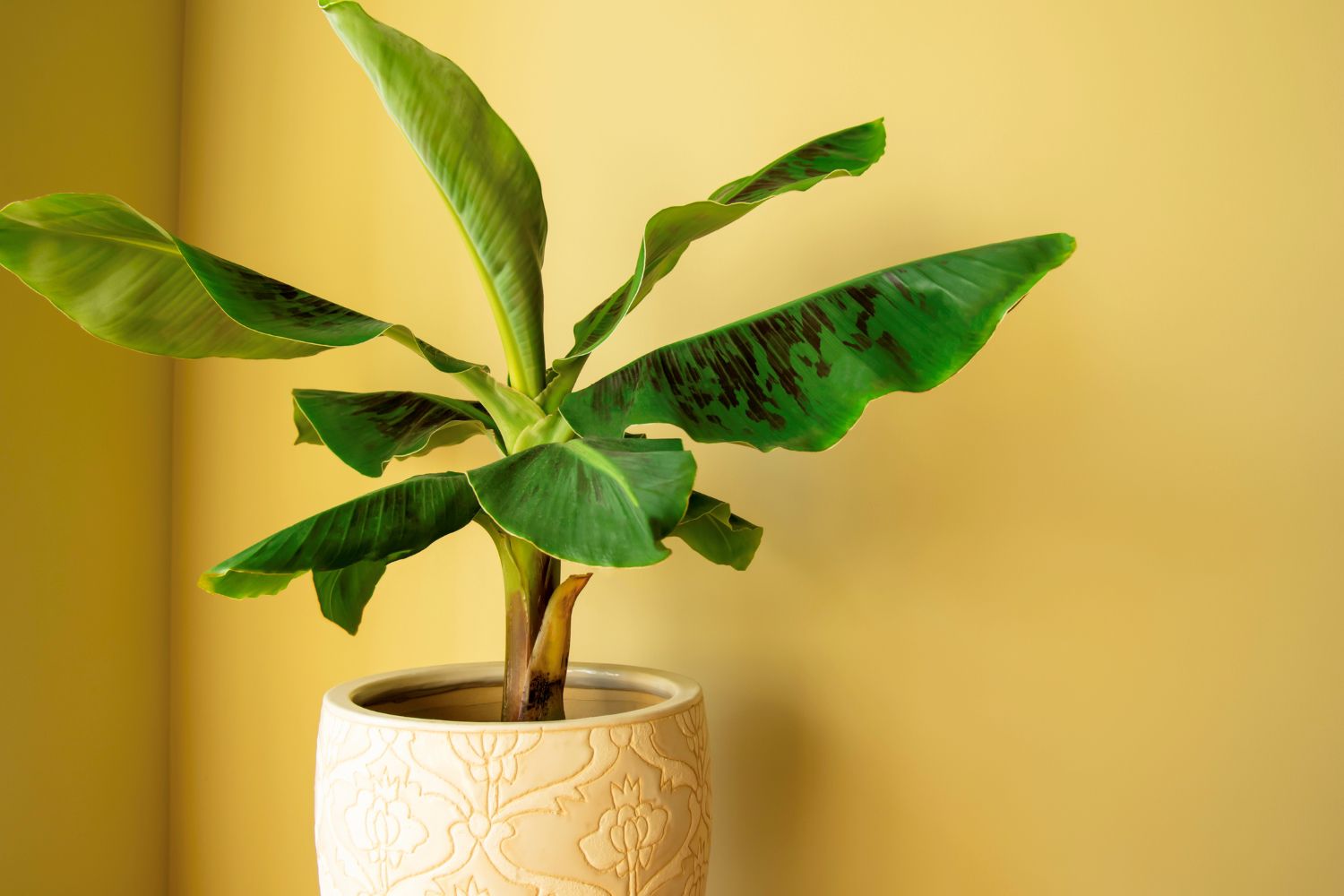
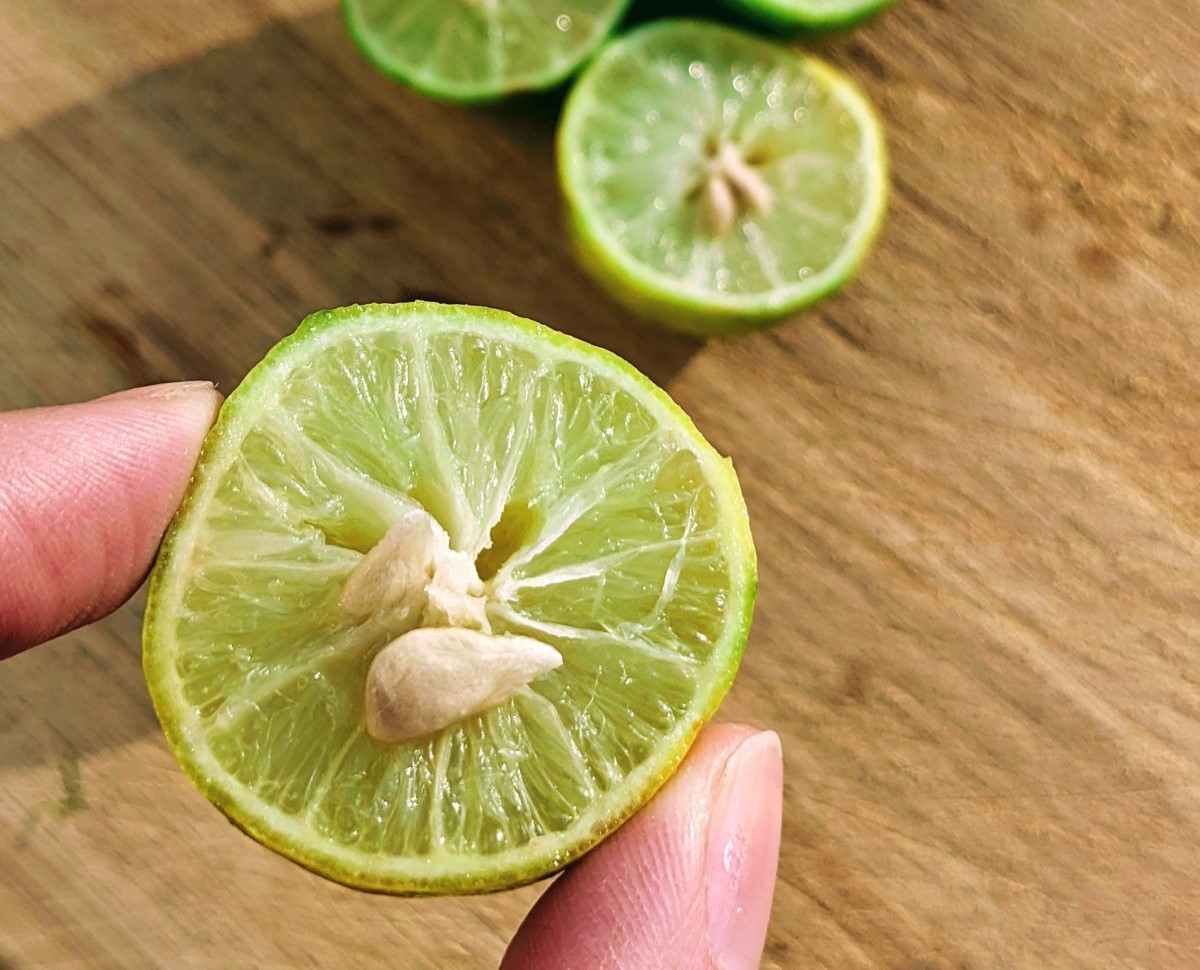

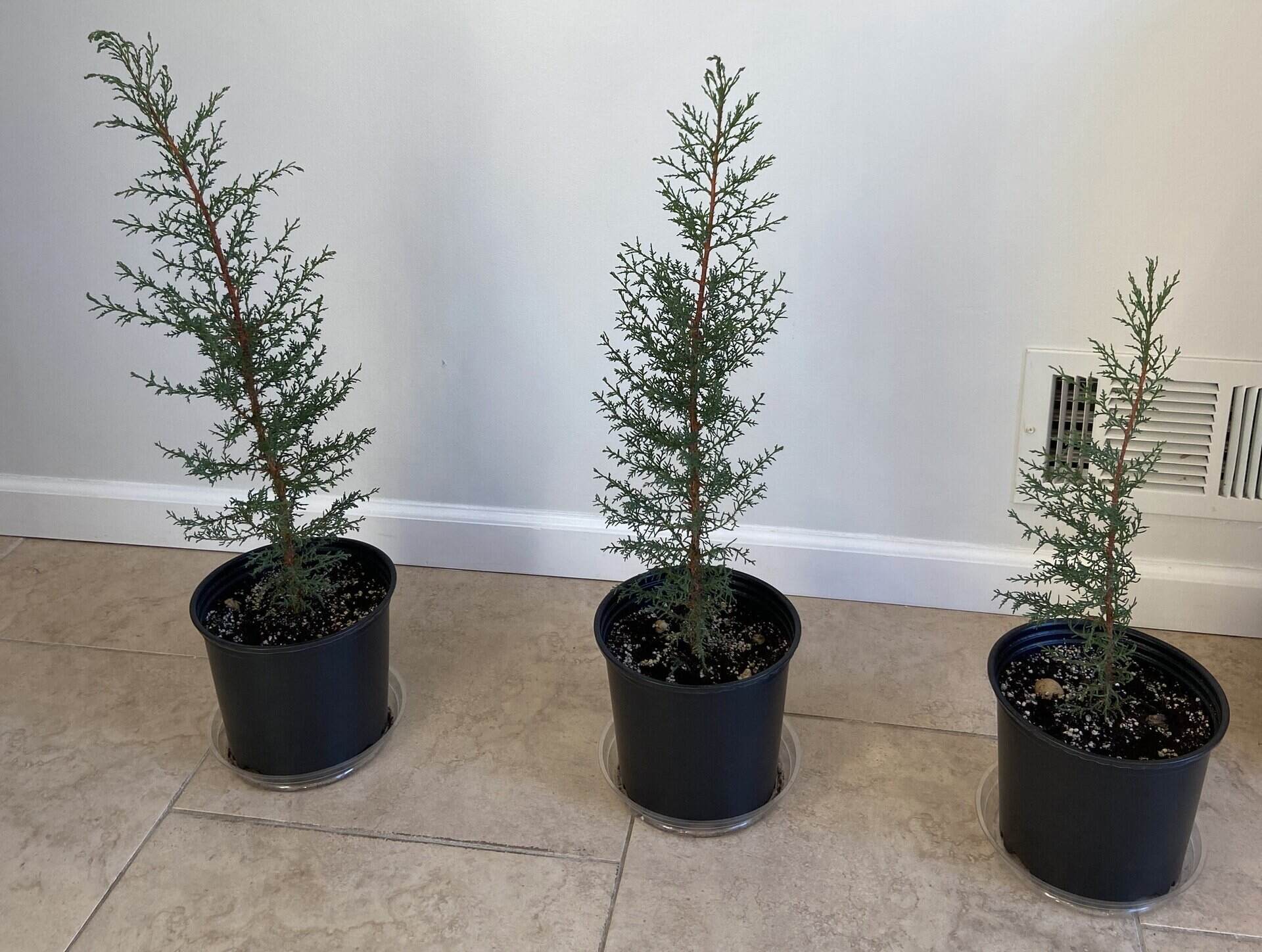


0 thoughts on “How To Grow Almond Trees From Seed”